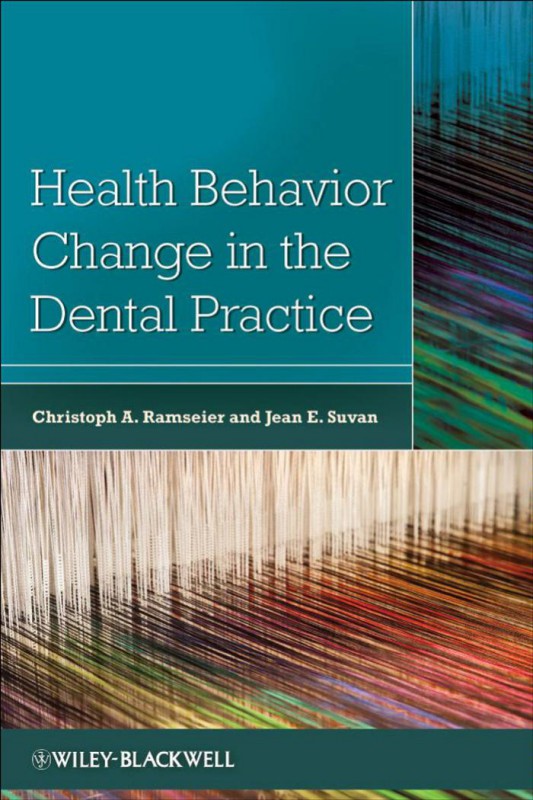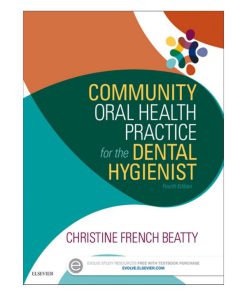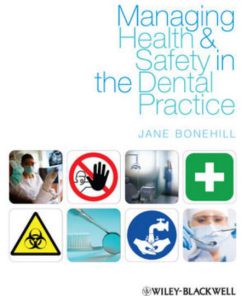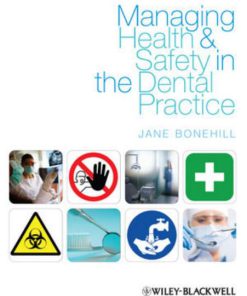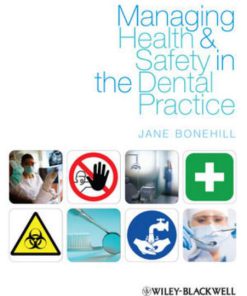Health Behavior Change in the Dental Practice 1st Edition by Christoph Ramseier, Jean E Suvan ISBN 1119946271 9781119946274
$50.00 Original price was: $50.00.$25.00Current price is: $25.00.
Authors:Christoph A. Ramseier; Jean E. Suvan , Tags:Wiley-Blackwell , Author sort:Ramseier, Christoph A. & Suvan, Jean E. , Ids:0813821061
Health Behavior Change in the Dental Practice 1st Edition by Christoph Ramseier, Jean E Suvan – Ebook PDF Instant Download/Delivery. 1119946271, 9781119946274
Full download Health Behavior Change in the Dental Practice 1st Edition after payment
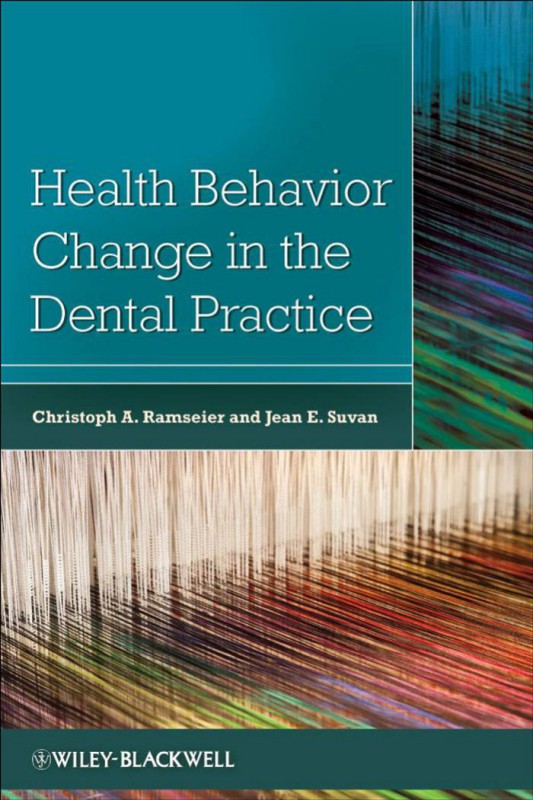
Product details:
ISBN 10: 1119946271
ISBN 13: 9781119946274
Author: Christoph Ramseier, Jean E Suvan
Health Behavior Change in the Dental Practice presents an overview of health behavior change, focusing on the spirit of motivational interviewing. Targeting the clinical application of the principles, the book applies lessons learned from the field of general and behavioral medicine to the dental practice. By presenting a series of clinical examples and accompanying dialogue, the book guides the reader in using motivational interviewing techniques as tools for oral hygiene education, tobacco use cessation, and dietary counseling. Health Behavior Change in the Dental Practice supports the trend towards risk management in oral health care, offering practical guidance to promote health behavior change in patients.
Health Behavior Change in the Dental Practice 1st Table of contents:
CHAPTER 1 INTRODUCTION TO HEALTH BEHAVIOR CHANGE FOR THE DENTAL PRACTICE
HEALTH CARE IN THE TWENTY-FIRST CENTURY
THE OPPORTUNITY IN THE DENTAL SETTING
Figure 1.1. Operative oral medicine.
Figure 1.2. Preventive oral medicine.
Adoption and integration of health behavior change
The role and responsibility of the dental professional
Ethical
Legal
Collaborative care toward whole health
REFERENCES
CHAPTER 2 THE CHALLENGE OF BEHAVIOR CHANGE
INTRODUCTION
BEHAVIOR CHANGE: SOME KEY CONCEPTS
The patient’s perspective
Change can happen naturally in everyday life
Intrinsic motivation affects patient behavior
People change when they are ready
Ambivalence is part of the process
Change happens in the context of our patients’ lives
The clinician’s perspective
Limitations of giving advice
The role of ambivalence
Interpersonal skills—a key clinical tool
Limitations of a “fix it” approach
Agreeing on priorities
UNDERSTANDING HEALTH BEHAVIOR CHANGE
Social cognitive theory and self-efficacy theory
The health belief model
Figure 2.1. The health belief model (Becker and Maiman 1975).
Theory of planned behavior
Figure 2.2. Theory of planned behavior (Ajzen 1985).
The transtheoretical model of behavior change
Figure 2.3. The transtheoretical model of behavior change (TTM; Prochaska and DiClemente 1983).
Self-determination theory
SUMMARY
REFERENCES
CHAPTER 3 COMMUNICATION AND HEALTH BEHAVIOR CHANGE COUNSELLING
INTRODUCTION
THE RELATIONSHIP BETWEEN THE CLINICIAN AND THE PATIENT
STYLES OF COMMUNICATION
Directing
Following
Guiding
KEY SKILLS FOR COMMUNICATING A BOUT HEALTH BEHAVIOR CHANGE
Question 1: Is the patient happy to talk with you about behavior change?
Agenda setting chart
Figure 3.1. Agenda setting chart.
Question 2: How are you asking questions?
Question 3: How do you provide support?
Question 4: How do you convey understanding?
Reflective listening
Figure 3.2. Reflective listening.
Question 5: How do you get information across?
Step 1: Assess what the patient already knows
Step 2: Provide further information
Step 3: Elicit what the information means for the patient
Question 6: How do you bring it all together?
SUMMARY
Table 3.1. Summary of OARS.
ACKNOWLEDGMENTS
REFERENCES
CHAPTER 4 MOTIVATIONAL INTERVIEWING (MI) AND ITS BASIC TOOLS
INTRODUCTION
WHAT IS MOTIVATIONAL INTERVIEWING?
Research evidence for MI
What triggers behavior change?
Motivation and the clinician-patient relationship
Definition of MI
“SPIRIT” OF MI
Figure 4.1. Spirit of MI. Artwork by J. Brendan O’Shaughnessy.
MAJOR PRINCIPLES
Express empathy
Develop discrepancy
Roll with resistance
Support self-efficacy
OARS: BASIC TOOLS FOR BUILDING MOTIVATION TO CHANGE
Use open-ended questions
Affirm patients
Use reflective listening
Use summaries
ELICIT CHANGE TALK
Evocative questions
Decisional balance or pros and cons matrix
Table 4.1. Evocative questions for each type of “change talk.”
Table 4.2. Pros and cons matrix.
The importance ruler
Elaborating, querying extremes, and looking back and forward
Table 4.3. Examples of elaborating, querying extremes, and looking back and forward.
Exploring goals and values
RESPONDING TO CHANGE TALK
Table 4.4. Examples of responding to change talk.
Responding to resistance
Table 4.5. Examples of methods of rolling with resistance.
Enhancing confidence
Table 4.6. Examples of methods to enhance confidence.
Strengthening commitment
Negotiating a plan for change
Figure 4.2. Change plan worksheet.
SUMMARY
REFERENCES
CHAPTER 5 BRIEF INTERVENTIONS IN PROMOTING HEALTH BEHAVIOR CHANGE
INTRODUCTION
USING A PATIENT-CENTERED APPROACH
Righting reflex
Goals of brief interventions
ASSESSING MOTIVES
Health history form
Open-ended questions
Readiness scales
RAISING AWARENESS
Giving information versus raising awareness
Table 5.1. Comparison of potential and improved interventions to raise awareness.
Conveying understanding
Table 5.2. Examples of conveying understanding.
SUPPORTING CHANGE
Encouraging patient problem solving
Offering a set of strategies
Planning for the change
Table 5.3. Examples of planning for change.
USE OF THE TELEPHONE FOR BRIEF INTERVENTIONS
USE OF COMPUTERS FOR BRIEF INTERVENTIONS
GIVING BRIEF ADVICE
WHEN BRIEF INTERVENTIONS ARE NOT APPROPRIATE
BRINGING IT ALL TOGETHER
SUMMARY
REFERENCES
CHAPTER 6 IMPLEMENTATION OF HEALTH BEHAVIOR CHANGE PRINCIPLES IN DENTAL PRACTICE
INTRODUCTION
Content of change (the objectives)
Context of change (the environment)
Process of change (the implementation plan)
MICRO-ENVIRONMENT: THE DENTAL VISIT
Easier than you think
Patient activation fabric for the dental visit (implementation model)
Figure 6.1. Patient activation fabric for the dental visit (implementation model).
Band I: Establish rapport
Band II: Information exchange
Band III: Closing
Ribbon A: Communication style
Ribbon B: Health behavior change tools
“Your patient is here”
Single behavior patient scenario
Band I: Establishing rapport
Band I commentary
Assess clinical oral health status
Band II information exchange
Band II commentary
Provide clinical treatment
Band III closing
Band III commentary
Multiple behavior patient scenario
Commentary
MACRO-ENVIRONMENT: THE PRACTICE SETTING
Importance of support
Overcoming potential obstacles to practice implementation
PRACTICAL GUIDANCE FOR BEGINNERS (OR NON-BEGINNERS)
SUMMARY
REFERENCES
CHAPTER 7 HEALTH BEHAVIOR CHANGE EDUCATION
INTRODUCTION
HISTORY OF MEDICAL AND DENTAL EDUCATION
In medicine
In dentistry
In dental hygiene
CURRENTS TRENDS IN DENTAL CARE AND EDUCATION
THE NEED FOR CHANGE IN DENTAL EDUCATION
Public health goals and responsibilities
New educational initiatives and methods
THEORETICAL EDUCATION
Pathology and epidemiology of diseases
Behavior as a determinant of health and disease
PRACTICAL EDUCATION
Students
Health behavior change program in the student clinics
Clinical faculty training
CONTINUING EDUCATION
Clinicians
Figure 7.1. Health behavior change performance exam evaluation sheet.
Table 7.1. Health behavior change performance exam evaluation criteria table.
ASSESSMENT OF HEALTH BEHAVIOR CHANGE EDUCATION
People also search for Health Behavior Change in the Dental Practice 1st:
health behavior change in the dental practice
what is health behaviour change
health behavior change interventions
health behavior change definition
health behavior change strategies

